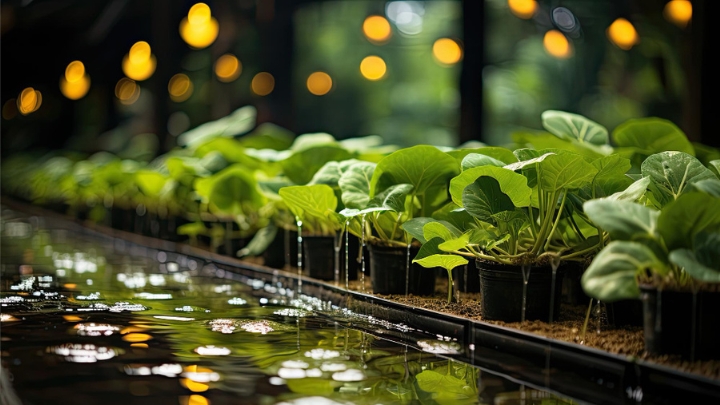Nanobubbles and Enhanced Aquaponics
Introduction
In the ever-evolving landscape of aquaponics, a groundbreaking technology has emerged, promising to elevate efficiency and yield to unprecedented levels. At the forefront of this agricultural revolution is the utilization of nanobubbles. Our state-of-the-art nanobubble machine has pioneered the production of bubbles measuring a mere 30nm, setting new standards in aquaponics. In this article, we delve into the transformative potential of nanobubbles and their profound impact on enhanced aquaponics systems.
Unraveling the Power of 30nm Nanobubbles
Enhanced Gas Dissolution
The key advantage of our nanobubbles lies in their ability to dissolve gases more effectively than larger bubbles. In an aquaponics system, this translates to improved oxygenation for aquatic life and enhanced nutrient absorption for plants. The 30nm size ensures a larger surface area, facilitating efficient gas exchange and promoting optimal conditions for both fish and plants.
Prolonged Buoyancy
Unlike larger bubbles that rise rapidly to the water surface and burst, nanobubbles display prolonged buoyancy. This characteristic enables them to remain suspended in the water for extended periods, delivering a sustained supply of oxygen and nutrients to the aquaponic ecosystem. The result is a harmonious balance that fosters robust plant growth and ensures the well-being of aquatic organisms.
Nanobubbles in Aquaponics: A Paradigm Shift
Increased Nutrient Uptake
One of the primary advantages of incorporating 30nm nanobubbles in aquaponics is the heightened nutrient uptake by plants. The small size of these bubbles allows them to penetrate plant roots more effectively, delivering essential nutrients directly to the source. This precision nutrient delivery system contributes to accelerated growth rates and higher yields in aquaponic crops.
Oxygen-Rich Environment
In aquaponics, maintaining optimal oxygen levels is paramount for the health of both fish and plants. Our nanobubble technology creates an oxygen-rich environment, fostering optimal conditions for aquatic life and promoting aerobic bacteria activity. The result is a self-sustaining ecosystem where fish waste is efficiently converted into nutrients for plant growth, creating a symbiotic relationship that maximizes overall productivity.
Conclusion
In conclusion, the integration of 30nm nanobubbles in aquaponics represents a monumental leap forward in agricultural technology. Our nanobubble machine, with its unrivaled precision and real-world results, emerges as the leader in this transformative field. As the demand for sustainable and high-yield farming practices grows, our technology stands as a beacon of innovation, reshaping the future of agriculture.

